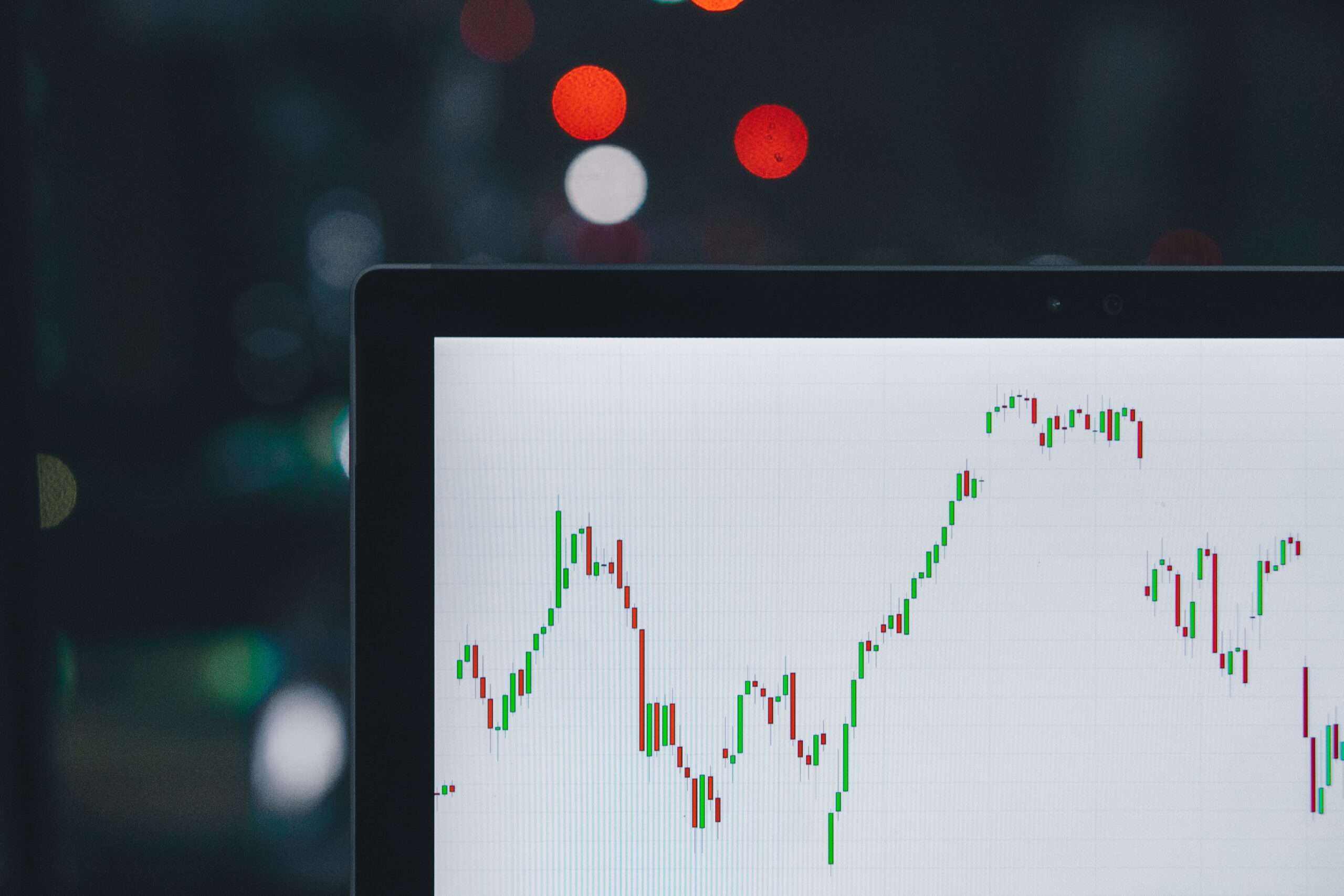
Daily Brief – Eastern Europe and Central Asia
Eastern Europe and Central Asia
Between 2010 and 2019 economic growth in this large geographic area averaged 4%. According to the World Bank, that growth will decelerate to 2.5% for the next 2 years and even stripping out Russia that will still be lower at 3.3%. Inflation, weak external demand from the EU, global uncertainty exacerbated by the on off on tariffs from the USA and China, and structural weaknesses in the region – all add up. Those structural weaknesses include a lack of entrepreneurial encouragement and slowness to embrace technology. State owned businesses still dominate and business innovation, productivity and dynamism of the sort fostered by new young firms are all conspicuously lacking. Add to that the effect of the US tariffs, which will begin to bite soon, and this significant area of the world is a textbook example of a market that will contribute to the growing likelihood of a global recession.
EUR/USD 1.1387.
European Spa Towns
Those fluffy robes and comfy slippers may well (no pun) be likely to get fewer outings going forward due to climate change. There are no less than 11 Great Spa towns in Europe and they have formed themselves into an association which is making itself heard on the perils of natural springs drying up or alternatively sudden and unwelcome flooding, Vichy in France, Baden-Baden in Germany and Bath in the UK may be the best known spa towns but this is a real world danger of the world losing its grip on combatting the negative causes of climate change.
GBP/USD 1.3305.
